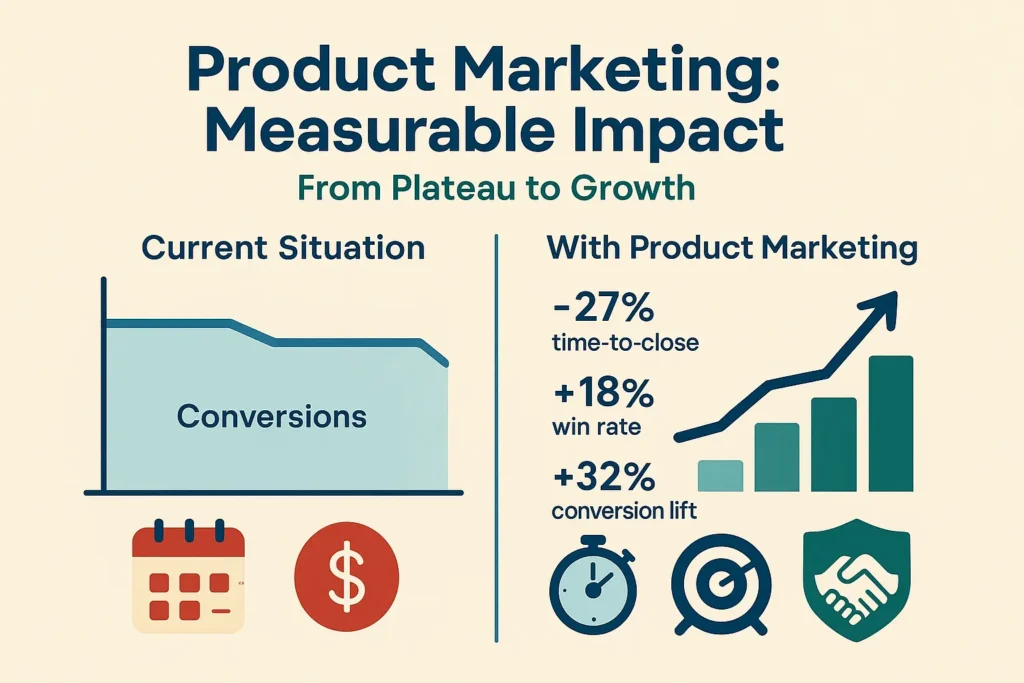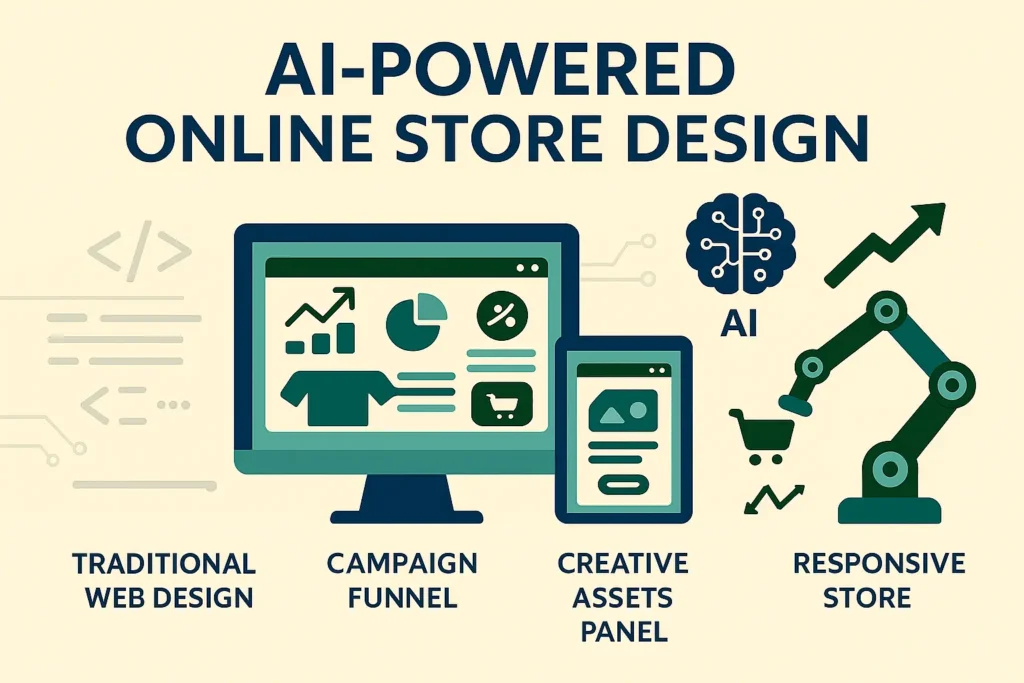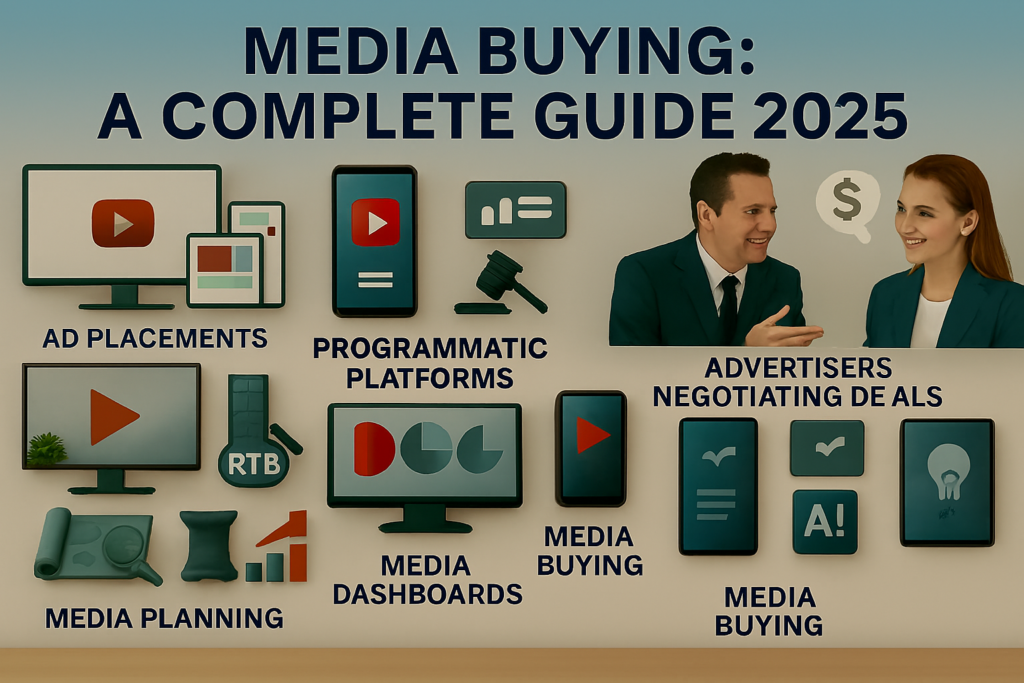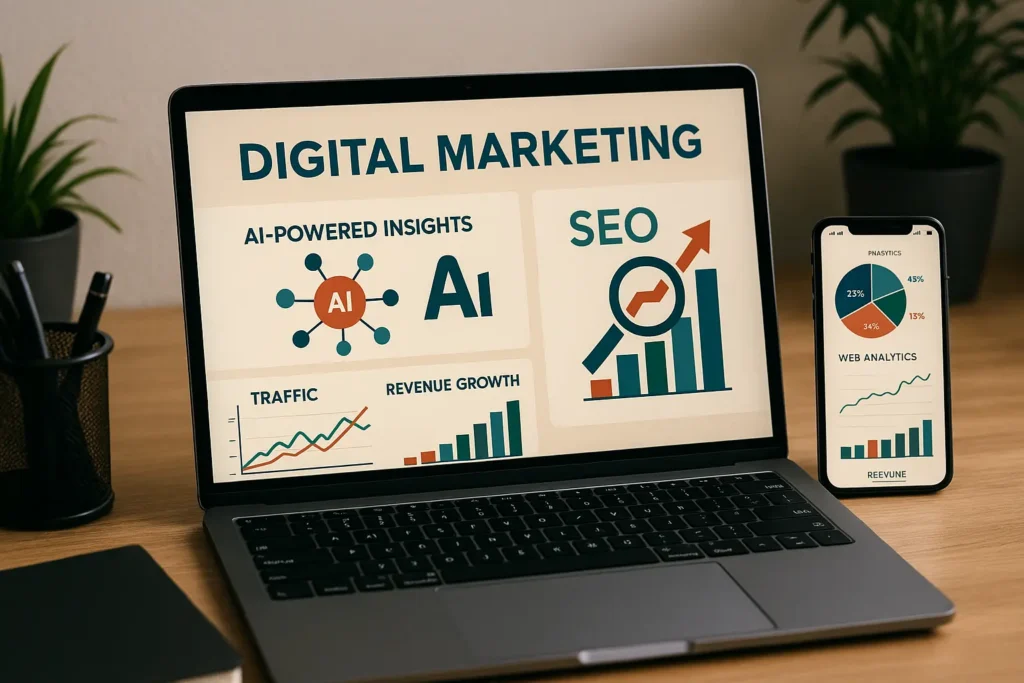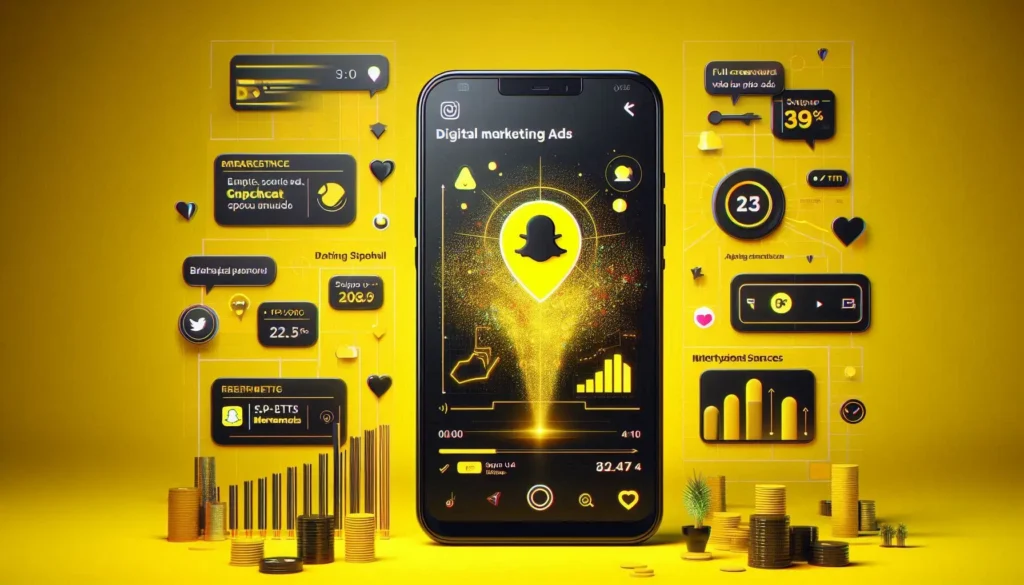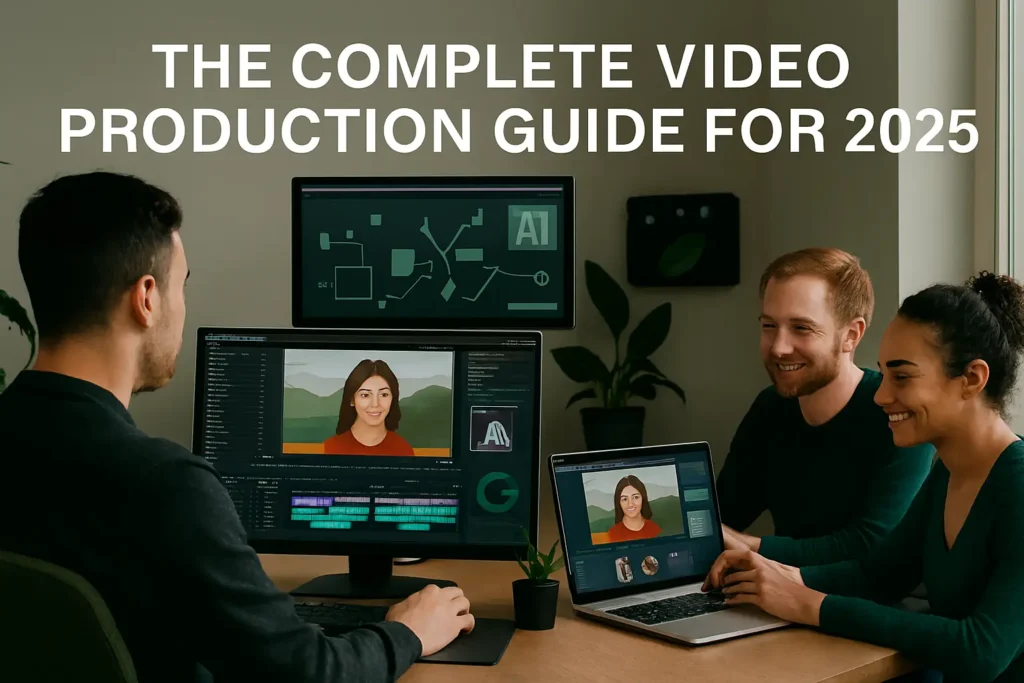
The Complete Video Production Guide for 2025
Video Production Guide: From Planning to Success
You’re stepping into the most exciting era of video production yet. The landscape has transformed dramatically, with artificial intelligence revolutionizing editing workflows, mobile-first content dominating platforms, and remote collaboration becoming the new standard. In 2025, you will have access to tools that were once reserved for Hollywood studios, all while audiences demand more authentic, engaging content than ever before.
The rise of vertical video formats has fundamentally changed how you approach content creation. Platforms like TikTok and Instagram Reels have made portrait orientation the new normal, while traditional landscape videos still reign supreme on YouTube and professional platforms. You’re now creating for a multi-screen world where your content needs to work seamlessly across devices and contexts.
Sustainability has also become a crucial consideration in modern video production. You’ll find yourself thinking about carbon footprints, remote shooting techniques, and eco-friendly production practices as both audiences and clients increasingly value environmental responsibility.
Understanding Video Production Fundamentals
Video production in 2025 encompasses far more than traditional filmmaking. You’re working in an ecosystem where content creation, videography, and cinematic production converge to serve diverse marketing and communication goals. Unlike simple videography that captures events as they happen, video production involves strategic planning, creative development, and purposeful execution to achieve specific business objectives.
The distinction between video production and content creation has blurred significantly. You might find yourself creating everything from 15-second social media clips to comprehensive brand documentaries, all requiring the same foundational skills but different strategic approaches. Understanding these nuances helps you position your work appropriately and set proper expectations with clients or stakeholders.
Modern video production integrates seamlessly with omnichannel marketing strategies, requiring you to think beyond individual videos toward comprehensive content ecosystems that work together across multiple touchpoints.
Why Video Production Matters More Than Ever
Your audience consumes video content at unprecedented rates, with the average person watching over 100 minutes of video daily across platforms. This consumption shift represents a massive opportunity for businesses and creators who understand how to leverage video production effectively.
Video content generates 1200% more shares than text and images combined, making it your most powerful tool for organic reach and engagement. Search engines increasingly prioritize video content, with videos being 53 times more likely to appear on the first page of Google results. This SEO advantage alone justifies investing in quality video production.
Beyond metrics, video allows you to build authentic emotional connections with your audience. You can convey tone, personality, and values in ways that static content simply cannot match. This emotional resonance translates directly into stronger brand loyalty and higher conversion rates across the marketing funnel.
The cost-effectiveness of video production has improved dramatically. What once required expensive equipment and large crews can now be achieved with professional-quality results using accessible tools and streamlined workflows. This democratization means you can compete with larger organizations by focusing on creativity and strategic thinking rather than budget alone.
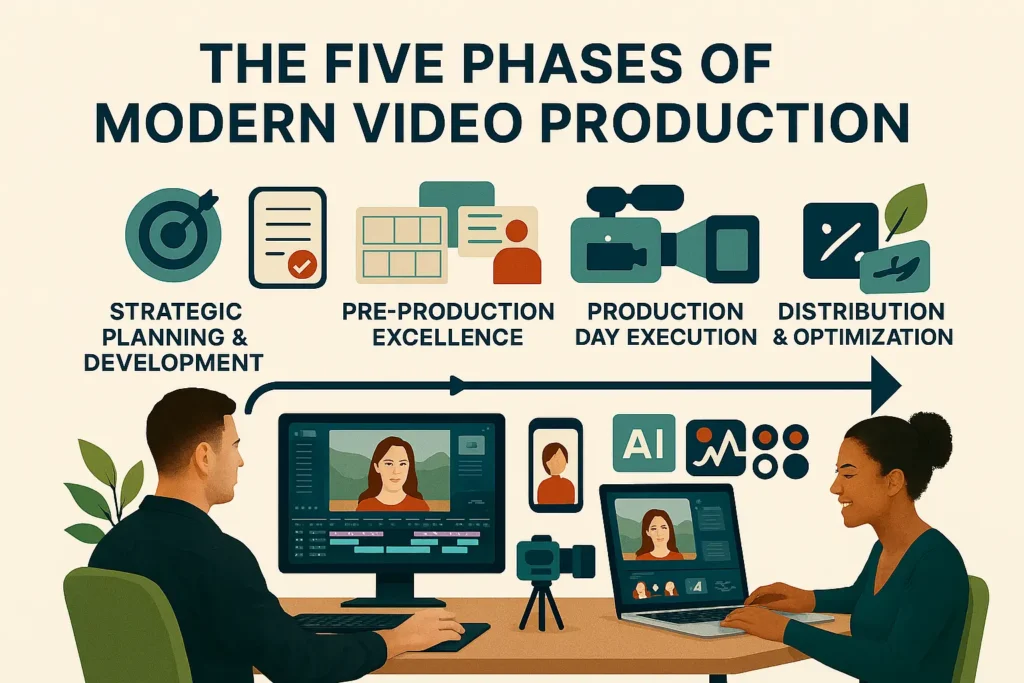
The Five Phases of Modern Video Production
Phase 1: Strategic Planning and Development
Your success begins long before you pick up a camera. Strategic planning involves defining clear objectives that align with broader business goals. You need to identify specific key performance indicators (KPIs) that will measure your video’s effectiveness, whether that’s brand awareness, lead generation, or direct sales.
Target audience research goes beyond basic demographics in 2025. You’re analyzing viewing habits, platform preferences, content consumption patterns, and emotional triggers. This research informs every creative decision from script tone to visual style to distribution strategy.
Platform-specific content strategy requires understanding not just technical specifications but cultural contexts. Your Instagram Reels strategy differs fundamentally from your LinkedIn video approach, even when promoting the same product or service. You’re essentially creating customized experiences for different audience segments across multiple platforms.
Budget allocation involves balancing creative ambition with practical constraints. You’ll typically spend 30% of your budget in pre-production, 40% in production, and 30% in post-production, though these ratios shift based on project complexity and creative requirements.
Timeline development includes buffer time for revisions, technical challenges, and stakeholder approvals. Most professional video productions require 8-12 weeks from concept to final delivery, with complex projects potentially extending much longer.
Phase 2: Pre-Production Excellence
Concept development transforms your strategic objectives into compelling creative ideas. You’re not just brainstorming; you’re evaluating each concept against your target audience insights and platform requirements. The best concepts feel native to their intended platforms while serving your broader strategic goals.
Script writing for modern video production means creating multiple versions optimized for different platforms and formats. Your YouTube script might include detailed exposition, while your TikTok version focuses on immediate visual impact and quick payoffs. You’re essentially writing for different attention spans and viewing contexts simultaneously.
Storyboarding has evolved beyond simple sketches to include detailed notes about aspect ratios, safe zones for mobile viewing, and interactive elements. You’re planning not just what viewers will see, but how they’ll engage with your content across different devices and platforms.
Location scouting now includes virtual and augmented reality considerations. You might be evaluating how well a location works for traditional filming while also considering its potential for immersive experiences or virtual set extensions.
Casting extends beyond traditional talent to include content creators, employees, and customers who can authentically represent your brand. You’re often looking for people who feel genuine and relatable rather than polished performers, depending on your brand strategy and target audience.
Keep reading and uncover secrets that can change the way you work. Why Collaborating with a Photographer from a Film Production Company is Key to Your Project’s Success
Phase 3: Production Day Execution
On-set management in 2025 involves coordinating both physical and virtual elements. You might have remote stakeholders providing real-time feedback through video calls while managing an on-location crew. This hybrid approach requires excellent communication skills and flexible problem-solving abilities.
Filming techniques now prioritize multiple format capture from the start. You’re not just shooting for your primary format and cropping later; you’re actively composing shots that work effectively in vertical, square, and horizontal orientations. This might mean using wider shots that provide cropping flexibility or planning specific camera movements for different aspect ratios.
Quality control happens in real-time through digital monitoring systems. You can immediately review footage quality, audio levels, and performance elements, making adjustments before moving to the next setup. This immediate feedback loop prevents costly reshoots and ensures consistent quality throughout the production day.
Backup planning has become more sophisticated, incorporating cloud storage, redundant recording systems, and contingency scenarios for both technical failures and unexpected circumstances like weather changes or talent unavailability.
Phase 4: Post-Production and Enhancement
Video editing workflows in 2025 leverage artificial intelligence for initial cuts, color matching, and audio synchronization. You’re not replacing human creativity but augmenting it with tools that handle time-consuming technical tasks, freeing you to focus on storytelling and creative refinement.
Color correction and grading establish visual consistency across your footage while enhancing the emotional impact of key scenes. You’re creating visual languages that reinforce your brand identity and guide viewer emotions throughout the narrative arc.
Audio mixing extends beyond dialogue and music to include strategic sound design that works across different viewing environments. You’re creating audio experiences that work equally well on mobile phone speakers and high-end headphones, often requiring multiple mix versions for different distribution channels.
Motion graphics and visual effects integration serve both aesthetic and functional purposes. You might add animated elements that enhance storytelling while also incorporating interactive prompts or calls-to-action that drive viewer engagement.
AI-powered editing tools help you create multiple versions of your content automatically, generating different lengths, aspect ratios, and even language versions from your master footage. This automation significantly reduces the time required to adapt content for different platforms and audiences.
Keep reading and uncover secrets that can change the way you work. How to Choose a Professional Photography Company That Creates Distinctive Videos
Phase 5: Distribution and Performance Optimization
Multi-platform distribution requires understanding the unique algorithms, audience behaviors, and technical requirements of each platform. You’re not simply uploading the same video everywhere; you’re strategically timing releases, customizing thumbnails, and optimizing metadata for each platform’s specific discovery mechanisms.
SEO optimization for video content involves keyword research, strategic tagging, and creating accompanying text content that helps search engines understand and categorize your videos. You’re essentially making your content discoverable both within platforms and through external search engines.
Performance tracking goes beyond view counts to analyze engagement patterns, completion rates, click-through rates, and conversion metrics. You’re identifying which elements of your videos drive the strongest audience response and using these insights to inform future content strategies.
Iterative improvement based on data involves A/B testing thumbnails, titles, descriptions, and even different versions of your videos to optimize performance continuously. You’re treating video distribution as an ongoing optimization process rather than a one-time publishing event.
Essential Video Production Equipment for 2025
Your camera selection depends heavily on your specific needs and budget constraints. Professional mirrorless cameras offer excellent image quality and versatility for most applications, while smartphones with advanced camera systems can produce surprising professional results for social media content and documentary-style projects.
Audio equipment has become increasingly important as audiences become less tolerant of poor sound quality. Wireless microphone systems provide flexibility for interviews and dynamic shooting situations, while dedicated audio recorders ensure professional-quality sound capture regardless of your camera choice.
Lighting equipment ranges from traditional tungsten and LED panel setups for studio work to portable LED systems that provide professional illumination in any location. Modern LED lights offer color temperature adjustment and smartphone control, making them more versatile and user-friendly than ever before.
Stabilization technology has evolved beyond traditional tripods to include motorized gimbals, shoulder rigs, and even AI-powered stabilization systems that provide smooth footage regardless of camera movement. These tools enable dynamic shooting styles that keep audiences engaged while maintaining professional production values.
Mobile production tools have reached professional quality levels. You can now capture, edit, and distribute high-quality content entirely on mobile devices, making video production accessible for quick-turnaround projects and remote shooting situations.

Types of Video Content That Drive Results
Brand storytelling videos establish emotional connections by sharing your company’s mission, values, and impact. These videos work best when they focus on authentic human stories rather than corporate messaging, helping audiences understand not just what you do but why you do it and how it affects real people.
Product demonstrations showcase functionality and benefits in action. Effective product videos answer common customer questions while highlighting unique selling points. They work particularly well when they show real-world usage scenarios that help viewers imagine themselves using your product or service.
Educational content positions your brand as a trusted authority while providing genuine value to your audience. Tutorial videos, industry insights, and how-to guides drive engagement while building long-term relationships with viewers who return for additional educational content.
Customer testimonials and case studies provide social proof that influences purchasing decisions. The most effective testimonial videos feel authentic and specific, featuring real customers sharing detailed experiences rather than generic praise. These videos work best when they tell complete stories about challenges, solutions, and outcomes.
Live streaming creates immediate engagement and authentic interactions with your audience. Whether you’re hosting Q&A sessions, behind-the-scenes content, or product launches, live streaming builds community and provides immediate feedback on audience interests and preferences.
Short-form content for social platforms requires different storytelling techniques optimized for mobile viewing and shortened attention spans. These videos need to capture attention immediately and deliver value quickly, often relying on visual storytelling rather than detailed explanations.
Choosing Your Production Approach
In-House Video Production
Building internal video production capabilities requires significant investment in both equipment and talent development. You’ll need team members who understand not just technical aspects but also strategic marketing goals and brand consistency requirements.
Essential roles include a creative director who manages overall vision and strategy, a videographer who handles shooting and basic editing, and possibly a dedicated editor who focuses on post-production work. Larger organizations might also need project managers to coordinate multiple productions and maintain content calendars.
Equipment investment should prioritize versatility and reliability over cutting-edge features. A solid camera system, quality audio equipment, basic lighting kit, and powerful editing workstation provide the foundation for most video production needs.
Workflow development involves creating systems for project management, file organization, approval processes, and quality control. Establishing clear procedures helps maintain consistency and efficiency as your video production volume increases.
Keep reading and uncover secrets that can change the way you work. Video Production Services: How to Choose the Right Production House for Your Brand
Outsourcing to Production Partners
Evaluating video production companies requires looking beyond demo reels to understand their strategic thinking and project management capabilities. You want partners who ask intelligent questions about your business goals and target audience rather than simply showcasing technical skills.
Understanding pricing models helps you make informed decisions about which services to include in your projects. Some companies offer package deals that include everything from concept development to final delivery, while others charge separately for pre-production, production, and post-production phases.
Managing external partnerships effectively involves clear communication about expectations, timelines, and deliverables. Establishing approval processes and feedback mechanisms upfront prevents misunderstandings and ensures projects stay on track.
Quality control requires setting specific standards for technical specifications, brand consistency, and creative execution. Regular check-ins throughout the production process help identify and address issues before they become costly problems.
Hybrid Production Models
Combining internal and external resources allows you to maintain control over strategic elements while leveraging specialized expertise for complex technical requirements. You might handle concept development and project management internally while outsourcing specialized services like animation or color grading.
Freelancer integration requires careful coordination to ensure all team members understand project goals and maintain consistent quality standards. Clear contracts and communication protocols help prevent confusion and ensure deliverable quality.
Scalable production strategies allow you to adjust your approach based on project complexity and budget constraints. Simple social media content might be handled entirely in-house, while major campaign videos could involve external production partners and specialized freelancers.
Video Production Costs and Budgeting
Production costs in 2025 vary dramatically based on scope, quality requirements, and distribution goals. Simple social media videos might cost a few hundred dollars when produced in-house, while comprehensive brand campaigns can easily reach six-figure budgets when they involve professional crews, talent, and extensive post-production work.
Budget allocation across production phases typically follows the 30-40-30 rule, with pre-production planning, production execution, and post-production finishing each receiving roughly equal investment. However, projects heavy on animation or special effects might allocate more budget to post-production work.
Cost-effective production strategies focus on maximizing the value of each shooting day by capturing multiple pieces of content simultaneously. Planning shoots to create several videos at once significantly reduces per-video costs while maintaining professional quality standards.
ROI measurement requires tracking both direct metrics like conversion rates and indirect benefits like brand awareness and customer engagement. The most successful video campaigns generate value across multiple business objectives rather than focusing solely on immediate sales results.
Hidden costs often include music licensing, talent usage rights, additional edit versions, and ongoing hosting fees. Planning for these expenses upfront prevents budget overruns and ensures you can fully utilize your video content across all intended channels.

Platform-Specific Video Strategies
YouTube optimization involves understanding both search algorithms and viewer behavior patterns. Longer-form content performs well when it provides genuine value, while thumbnails and titles significantly impact discovery and click-through rates. Your YouTube strategy should focus on building subscriber relationships through consistent, valuable content.
TikTok and Instagram prioritize immediate engagement and shareability. Content should capture attention within the first few seconds and encourage interaction through comments, shares, or saves. Trending audio, hashtags, and effects can significantly boost organic reach, but they should enhance rather than overshadow your core message.
LinkedIn professional content requires a more polished, business-focused approach. Educational content, industry insights, and thought leadership pieces perform well, while overly promotional content typically receives less engagement. Your LinkedIn video strategy should position your brand as a knowledgeable industry resource.
Emerging platforms offer early adoption advantages but require careful evaluation of audience fit and resource investment. New platforms often provide better organic reach as they build their user bases, but they also carry higher risks of algorithm changes or platform decline.
Cross-platform content adaptation involves more than simply reformatting videos for different aspect ratios. Each platform has unique audience expectations, engagement patterns, and cultural norms that should influence your content approach.
Future-Proofing Your Video Production
Artificial intelligence integration opportunities include automated editing, intelligent cropping for different aspect ratios, and even AI-generated scripts or storyboards. While these tools enhance efficiency, human creativity and strategic thinking remain essential for effective video production.
Virtual production techniques allow you to create complex scenes without expensive location shoots or extensive travel. LED wall technology and real-time rendering create immersive environments that can be customized instantly, providing creative flexibility while reducing production costs.
Sustainability practices in video production include minimizing travel through remote collaboration, using energy-efficient equipment, and creating digital-first workflows that reduce physical resource consumption. These practices often improve efficiency while reducing environmental impact.
Accessibility considerations ensure your content reaches the widest possible audience. Adding captions, audio descriptions, and considering color contrast requirements not only improves accessibility but often enhances the viewing experience for all audiences.
Data privacy and ethical considerations become increasingly important as video production incorporates more data collection and AI analysis. Understanding privacy regulations and maintaining ethical standards helps build audience trust while avoiding legal complications.
Keep reading and uncover secrets that can change the way you work. How to Hire the Perfect Corporate Videographer in Riyadh: Your Complete Guide
Your Video Production Success Blueprint
Getting started requires focusing on one platform and content type rather than trying to master everything simultaneously. Choose the platform where your target audience is most active and create consistent content that provides genuine value to viewers.
Building a sustainable content calendar involves balancing evergreen content that remains relevant over time with timely pieces that respond to current trends or events. Planning content themes monthly while maintaining flexibility for trending topics helps maintain consistency without sacrificing relevance.
Measuring success requires establishing clear KPIs before you begin production and tracking both quantitative metrics like view counts and qualitative feedback like audience comments and engagement quality. Regular analysis of these metrics helps identify successful approaches and areas for improvement.
Scaling your video production efforts involves gradually expanding your capabilities and content volume rather than making dramatic increases that strain quality or resources. Building sustainable systems and workflows enables consistent growth without overwhelming your team or compromising standards.
Common pitfalls include perfectionism that prevents content publication, inconsistent posting schedules that reduce audience engagement, and focusing on vanity metrics rather than business outcomes. Learning from these common mistakes helps accelerate your video production success.
Keep reading and uncover secrets that can change the way you work. Do You Need a YouTube Videographer? Here’s What Our Full-Service Production Company Offers
Frequently Asked Questions (FAQ)
How much should I budget for video production in 2025?
Budget ranges vary dramatically based on scope and quality requirements. Simple social media videos can be produced for $500-$2,000, while professional marketing videos typically cost $5,000-$25,000. Complex commercial productions with professional talent and extensive post-production can exceed $50,000. AI-powered tools are reducing costs for basic productions, but premium content still requires significant investment for maximum impact.
What equipment do I need to start video production?
Your basic setup should include a camera system (professional smartphone or entry-level mirrorless camera), an external microphone for quality audio, a basic lighting kit with LED panels, a tripod for stable shots, and editing software. Professional upgrades depend on your specific needs and budget constraints. Many successful creators start with smartphone-based setups and gradually invest in more advanced equipment as their skills and requirements develop.
How long does the video production process take?
Timeline varies significantly by project complexity. Simple social media videos might be completed in 2-3 days. While professional marketing videos typically require 4-8 weeks from concept to final delivery. Complex productions with multiple locations, talent, and extensive post-production can take 12+ weeks. Pre-production planning typically consumes 30-40% of your total timeline, making upfront planning crucial for meeting deadlines.
Should I produce videos in-house or hire a production company?
Your decision depends on budget, required expertise level, volume of content needed, and quality standards. In-house production provides better control and can be cost-effective for high-volume, simple content. Professional production companies bring specialized expertise and equipment for complex projects. Hybrid approaches often provide an optimal balance, handling strategic planning internally while outsourcing specialized technical services.
What video formats should I prioritize in 2025?
Focus on vertical formats (9:16) for social media platforms like TikTok, Instagram Stories, and YouTube Shorts. Square formats (1:1) work well for multi-platform use and social media feeds. Traditional horizontal formats (16:9) remain important for YouTube, professional presentations, and website use. Planning your shoots to capture multiple aspect ratios simultaneously maximizes your content’s versatility.
How do I measure video production ROI?
Track engagement metrics, including view duration, completion rates, shares, and comments, to gauge audience response. Monitor conversion metrics such as click-through rates, lead generation, and direct sales attribution. Measure brand awareness impact through surveys and social listening tools. Use platform analytics and marketing automation systems to track direct business outcomes. The most successful video campaigns generate value across multiple business objectives rather than focusing solely on immediate sales results.
Turn your goals into real achievements with our tailored services – request the service now.
Your Video Production Journey Starts Here
You now have the comprehensive knowledge needed to succeed in modern video production. The landscape continues evolving rapidly, but the fundamental principles of strategic planning, quality execution, and audience-focused content creation remain constant. Start with clear objectives, and invest in learning the technical skills that match your goals. And don’t be afraid to experiment with new approaches and platforms.
Remember that successful video production combines technical proficiency with strategic thinking and creative vision. You don’t need to master everything immediately. Focus on building solid fundamentals and gradually expanding your capabilities as your experience and confidence grow. The most important step is getting started and learning through hands-on experience.
The future belongs to creators and businesses who understand how to leverage video content effectively. By following the strategies and best practices outlined in this guide. You will be well-equipped to create compelling video content that resonates with your audience and drives meaningful business results. Your video production journey starts now—embrace the creative possibilities and strategic opportunities that await you.

